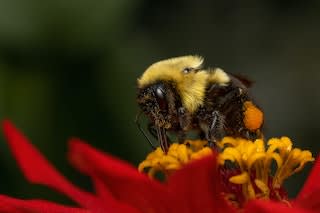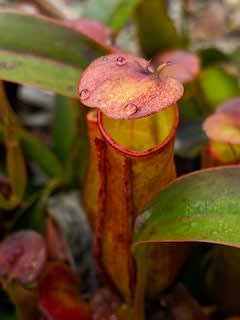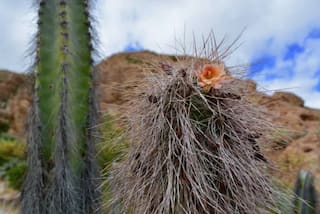Generally speaking, flowers take care of themselves pretty well. Their leaves are designed to photosynthesis and some have roots that can thrive in stone. But other times, flowers and animals form symbiotic relationships that are fascinating to observe.
One of the most well known of these relationships is the honeybee and its role as a pollinator. Honeybees, originally brought to the Americas from Europe during the 17th century, can now be found almost everywhere. You can spot them just by looking out of your window during spring or summer, collecting pollen from the flowers in your garden and spreading it around to other plants.

The pitcher plant is a carnivorous plant that feeds on insects. Borneo's pitcher plant in particular has a very interesting relationship with the shrews that live around it. While the "pitcher" of the plant traps and kills insects, the plant welcomes the shrew to the nectar inside it. The plant provides the shrew with nectar, while the shrew defecates within it and provides it with nutrients.

The senita moth and the senita cactus have coevolved to help each other reproduce. The moth pollenates the cactus, allowing it to spread its seed, while the cactus provides the moth with a place to lay its eggs and grow its larva.

Though these are just three examples of symbiotic relationships, they exist in nearly ever habitat. From rain forests to deserts to seas, there's at least two species in each one helping each other out. Which one do you find the most interesting?

